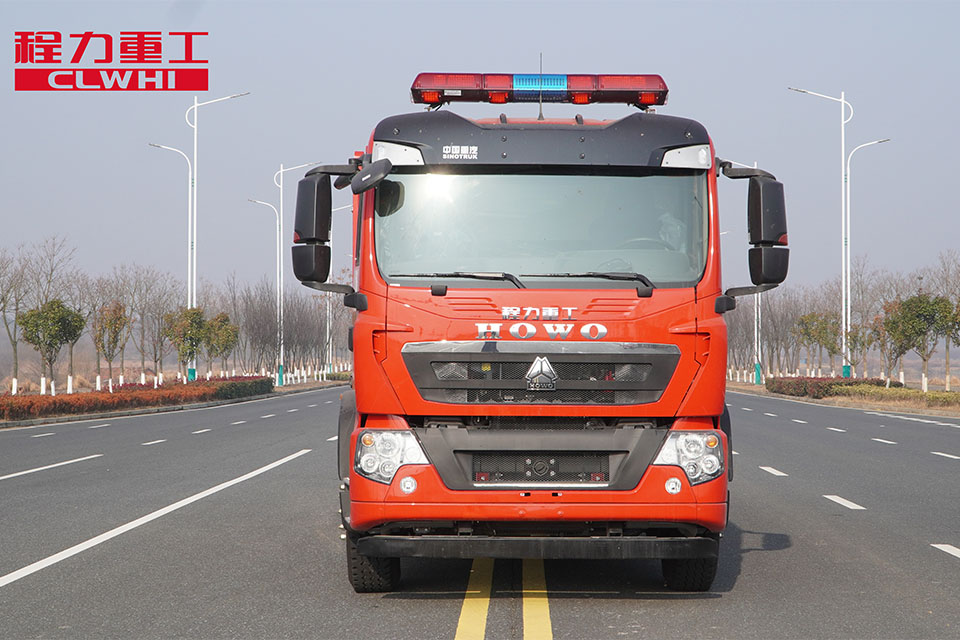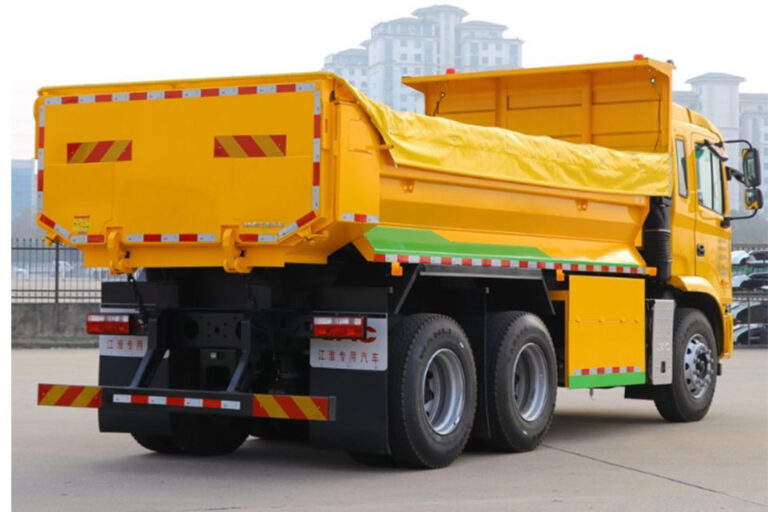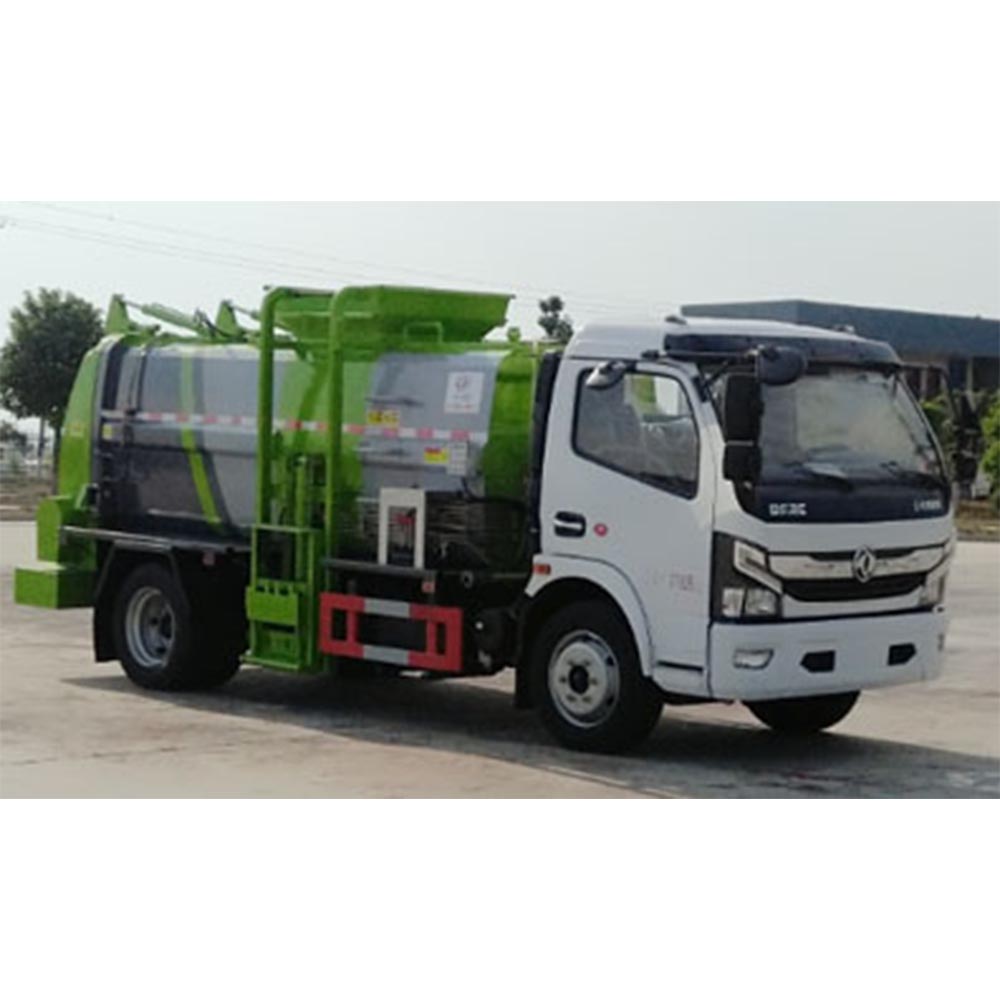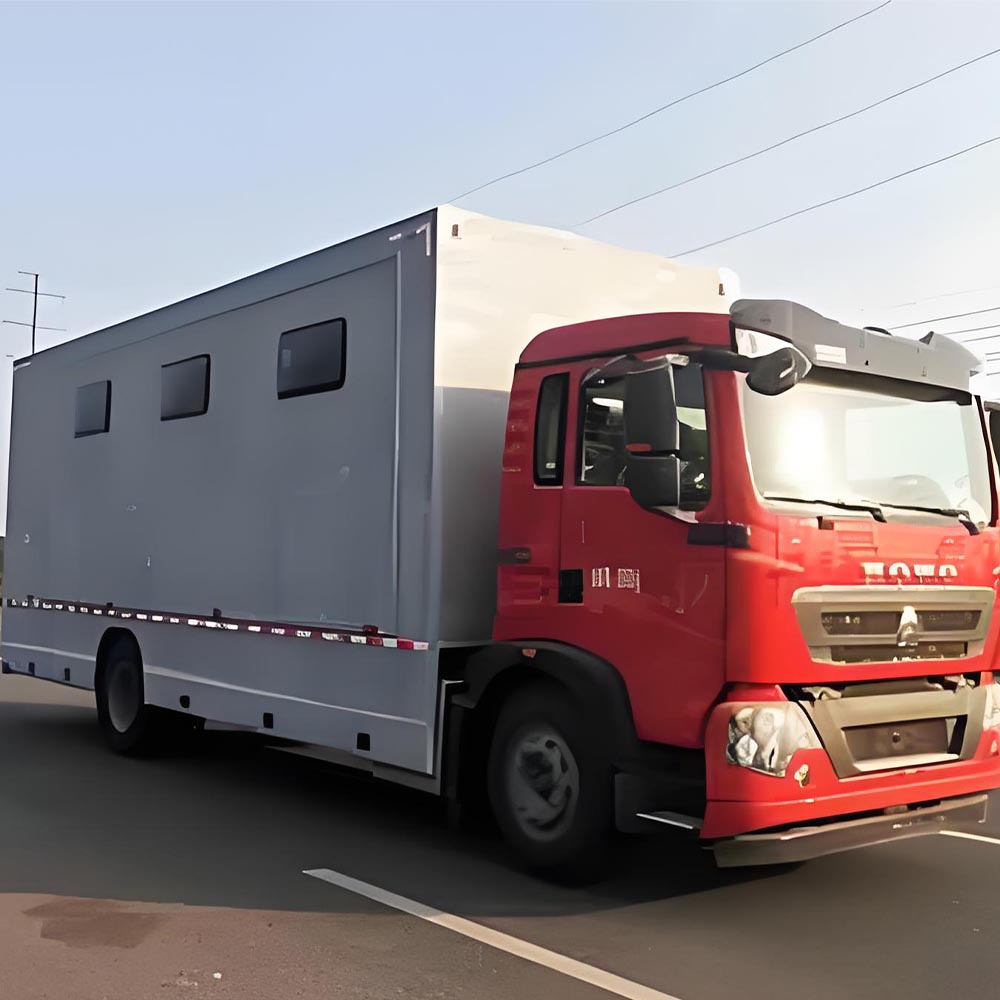-
Chengli Automobile Industry Park
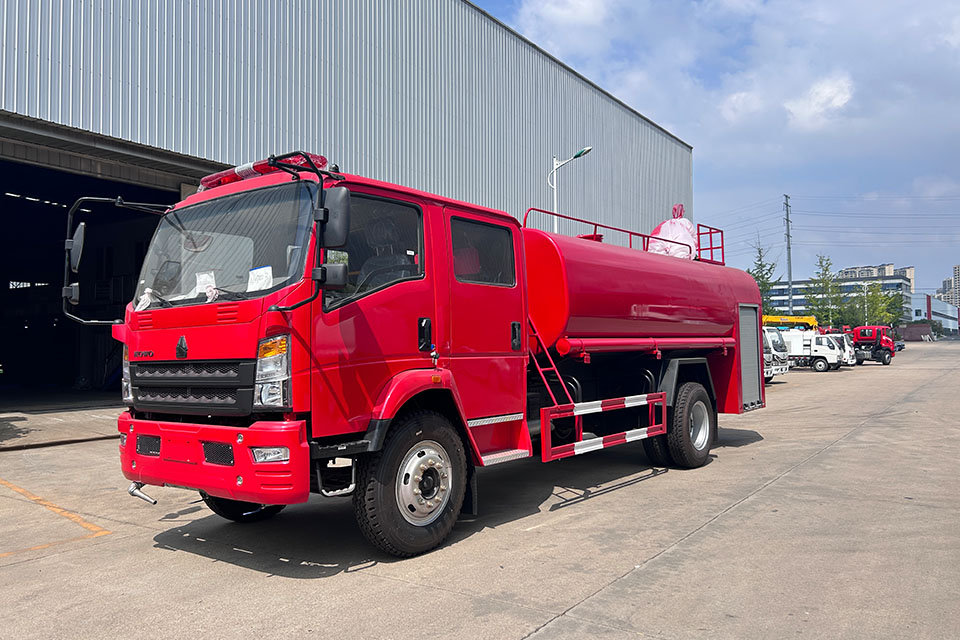
What are the commonly used fire-fighting vehicles for extinguishing fires caused by chemical tanker accidents?
Chemical Tanker Fire Fighting Vehicles: Your Ultimate Guide
When chemical tankers catch fire, you need the right trucks. These special vehicles help put out dangerous fires fast. This article shows you all the trucks that work best for these tough fires.
Table of Contents
What Makes Chemical Fires Different?
Chemical fires are not like regular fires. They:
- Burn very hot
- Make toxic smoke
- Can explode
- Need special foam or dry powder
This is why you need special fire trucks made just for these fires.
CLW Group Overview
Established in 2004, CLW Group is a leading special vehicle manufacturer in China. With a registered capital of 100 million yuan, total assets of 1.645 billion yuan, and a 610-acre facility, we employ 1,786 people. Our core business encompasses R&D, manufacturing, sales, and service of complete vehicles, specialized vehicles, new energy vehicles, and emergency support units.
Global Reach
CLW Group’s products are exported to over 50 countries and regions, demonstrating our broad market coverage and strong international presence.
Key Strengths
- Strong Brand Influence: “CLW” is a well-known trademark in China and international markets.
- Rich Export Experience: Products are exported to over 50 countries.
- Strong Technical Strength: Multiple production qualifications and R&D capabilities ensure product quality and innovation.
- Good Reputation
Certifications & Capabilities
Common Fire Fighting Vehicles for Chemical Tanker Accidents
Water Tanker Trucks
Water tanker trucks are big trucks that carry lots of water. They help when there’s no water nearby.
Key facts about water tanker trucks:
- Hold thousands of gallons of water
- Supply water to other fire trucks
- Cool down hot tanks to stop explosions
“Water tanker trucks play a critical role in areas with limited access to hydrants or where water supply is scarce.”
Foam Fire Trucks
Foam Fire Trucks are the most important vehicles for chemical fires. The foam covers the chemical and stops it from burning.
Features of foam trucks:
- Mix foam with water
- Spray special foam that works on chemicals
- Can shoot foam from far away
Dry Powder Fire Trucks
Dry Powder Fire Trucks spray powder that puts out chemical fires. This powder works when water and foam don’t.
Benefits:
- Works on metal fires
- Doesn’t react with chemicals
- Covers the fire completely
High-Pressure CAFS Trucks
High-Pressure CAFS Air Supply Fire Trucks use compressed air foam systems. They make a thick foam that sticks to surfaces.
How they help:
- Makes foam last longer
- Uses less water
- Gets into hard spots
Global Fire Truck Market Growth
The fire truck market is growing fast as more companies want better safety.
| Year | Market Size | Growth Rate |
|---|---|---|
| 2022 | $4.63 billion | – |
| 2023-2030 | Growing | 5.6% yearly |
The need for special trucks for chemical fires is pushing this growth.
Types of Fire Trucks by Region
Different parts of the world use different trucks:
North America
- Advanced foam systems
- Command vehicles
- Multi-purpose trucks
Europe
- High-tech water tankers
- Specialized chemical response units
- Foam tenders
Asia Pacific
- Growing market for all fire trucks
- More chemical tankers mean more special trucks needed
Key Features in Modern Chemical Fire Trucks
The newest trucks have great features:
- Smart technology
- Remote control systems
- Automatic foam mixing
- Less risk for firefighters
- Environmental protection
- Less harmful foam
- Less water waste
- Better for cleanup
- Multi-function design
- Can handle different chemicals
- Work as regular fire trucks too
- Save money for fire departments
Case Study: Angloco Fire Trucks
Angloco is a British company that makes great fire trucks for chemical fires.
What makes them special:
- 57 years making fire trucks
- Special foam systems for chemicals
- Custom designs for different chemicals]
How to Choose the Right Truck
When buying a fire truck for chemical fires, look for:
- Foam compatibility with different chemicals
- Water capacity for long fights
- Reach to stay back from dangerous areas
- Protection for firefighters
Future Trends in Fire Trucks
By 2025, we’ll see big changes in fire trucks:
- More electric and hybrid trucks
- Better sensors to detect chemicals
- Robots to fight fires without people
- Smarter systems that work together
The market for special vehicles will grow from $82.3 billion in 2024 to $99.8 billion by 2030.
Special Challenges with Chemical Tanker Fires
Chemical tanker fires are hard to fight because:
- Different chemicals need different approaches
- Some need foam
- Some need powder
- Some need special agents
- Dangers to firefighters
- Toxic smoke
- Explosions
- Chemical burns
- Environmental concerns
- Chemical spills
- Contaminated water
- Air pollution
Training Requirements
Firefighters need special training to use these trucks:
- How to mix foam correctly
- When to use water vs. foam vs. powder
- How to stay safe around chemicals
- How to work as a team
Real-World Success Stories
Port Fire Response
When a chemical tanker caught fire in a port:
- Foam trucks created a blanket over the spill
- Water tankers cooled nearby tanks
- Command trucks coordinated the response
- Everyone stayed safe
Highway Chemical Spill
After a tanker crash on a highway:
- Dry powder trucks stopped the fire fast
- Foam trucks secured the area
- CAFS trucks handled hot spots
- The highway reopened quickly
Conclusion
The right fire trucks save lives when chemical tankers catch fire. Water tankers, foam trucks, dry powder units, and CAFS systems all work together to handle these dangerous fires.
As technology improves, these trucks get better at putting out fires while keeping firefighters safe. The growing market shows how important these special trucks are.
When seconds count, having the right vehicle makes all the difference between a controlled incident and a disaster.
Resources for Fire Departments
- Emergency Rescue Fire Truck information
- Training programs for chemical fires
- Grants for buying specialized equipment
- Maintenance tips for foam systems
